Reptiles, like all living creatures, experience stress that can negatively impact their health and wellbeing. Unlike mammals, however, reptiles don’t display their distress in ways immediately recognizable to humans. They can’t whine, bark, or meow to communicate discomfort, which makes it particularly challenging for reptile owners to identify when their scaly companions are experiencing stress. Understanding the subtle signs of stress in reptiles and knowing how to address them naturally is essential for responsible pet ownership. This article explores the common indicators of stress in reptiles and provides natural methods to help calm your cold-blooded friend, ensuring they live a healthy, comfortable life in your care.
Understanding Reptile Stress Basics

Reptiles experience stress differently than mammals, often showing more subtle physiological and behavioral changes that can be easily overlooked. Stress in reptiles triggers their fight-or-flight response, releasing cortisol and other stress hormones that, when prolonged, can suppress immune function and lead to serious health complications. Environmental factors like improper temperature, insufficient hiding spots, or inappropriate handling are common stressors for captive reptiles. Unlike mammals that might vocalize or show obvious signs of distress, reptiles communicate their stress through body language and behavior changes, making it crucial for owners to become familiar with their pet’s normal patterns and appearance.
Change in Appetite as a Stress Indicator
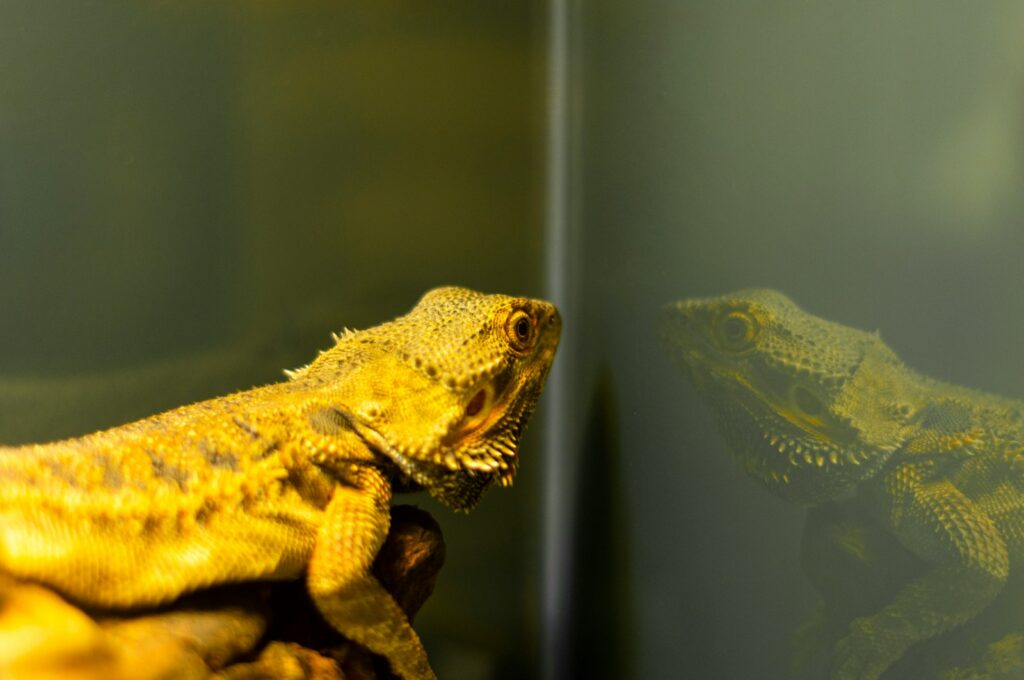
One of the first and most noticeable signs of stress in reptiles is a significant change in their eating habits. A stressed reptile may suddenly refuse food completely or show reduced interest in eating, even when presented with favorite treats. Some stressed reptiles might also exhibit unusual feeding behaviors, such as striking at food aggressively but not consuming it, or conversely, eating much more than usual as a coping mechanism. It’s important to note that seasonal changes or breeding seasons can naturally affect appetite, so owners should consider these factors before attributing appetite changes solely to stress. If your reptile hasn’t eaten for an extended period beyond what’s normal for its species, and other stress indicators are present, it’s time to investigate potential stressors in its environment.
Abnormal Hiding and Activity Patterns
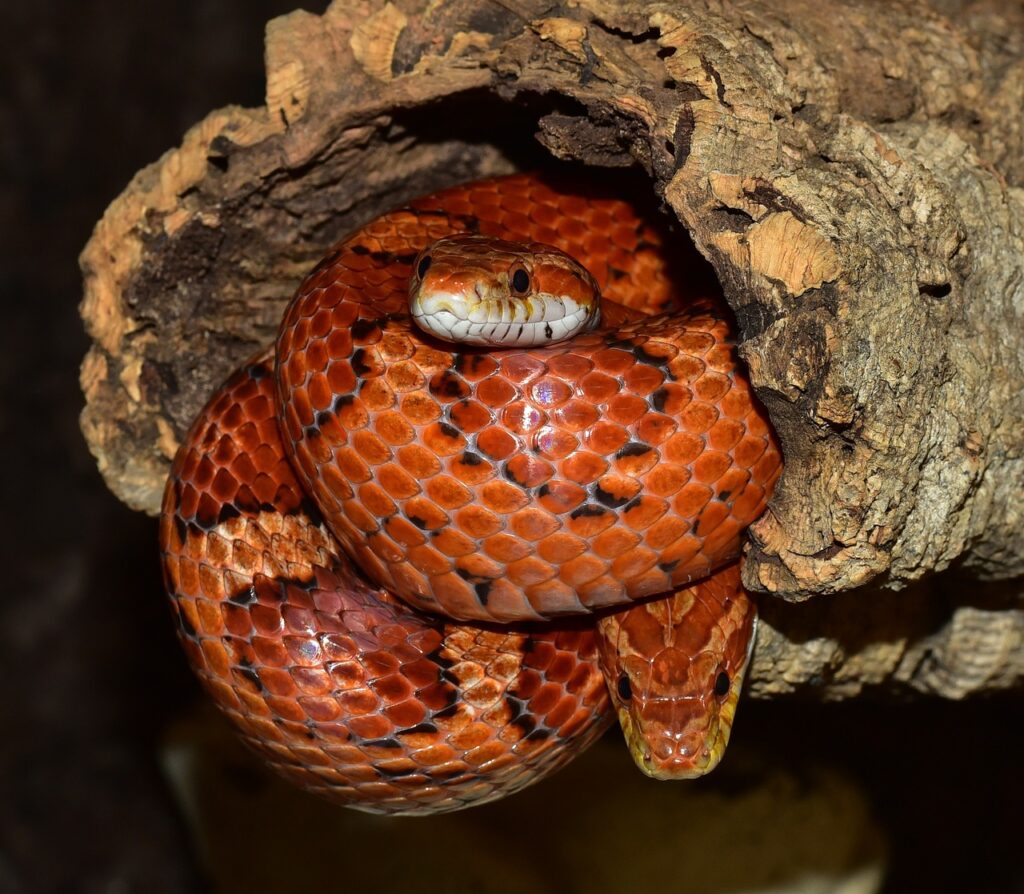
Stress often manifests in reptiles through altered activity and hiding behaviors that deviate from their normal patterns. A typically active species that suddenly spends excessive time hiding, or a normally reclusive species that appears unusually exposed and vigilant, may be experiencing stress. Some stressed reptiles might become hyperactive, moving around their enclosure frantically or repeatedly trying to escape, which can lead to nose rubbing or other injuries. Conversely, decreased movement, lethargy, or remaining in unusual positions for extended periods can also indicate that your reptile is not feeling secure in its environment. Establishing a baseline for your particular reptile’s normal behaviors is crucial for detecting these subtle changes that signal distress.
Physical Manifestations of Stress
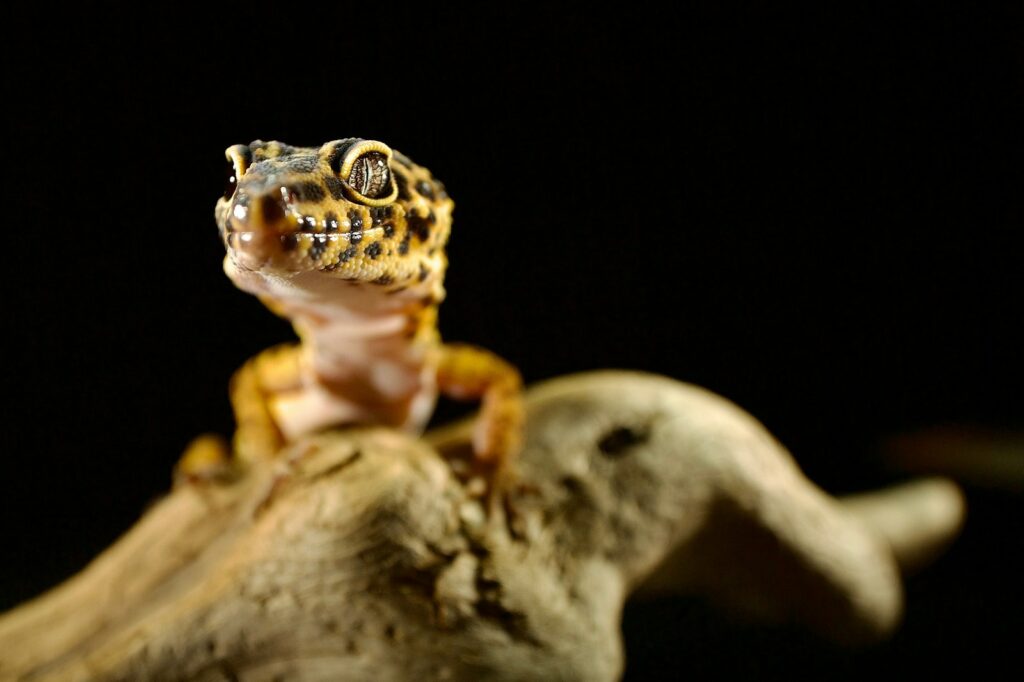
Stress in reptiles often manifests physically in ways that attentive owners can observe. Significant weight loss occurring over a short period is a serious sign that your reptile is experiencing chronic stress, especially when coupled with appetite changes. Skin changes such as excessive shedding, incomplete sheds, dull coloration, or unusual markings can indicate stress-related health issues affecting the integumentary system. Some reptiles may develop stress marks—darkened patches or spots on their skin—particularly visible in species with lighter coloration like bearded dragons and certain geckos. Additionally, stressed reptiles may exhibit abnormal postures, such as elevated heads and puffed throats in lizards or unusual coiling patterns in snakes, as physical responses to perceived threats in their environment.
Aggressive or Defensive Behaviors
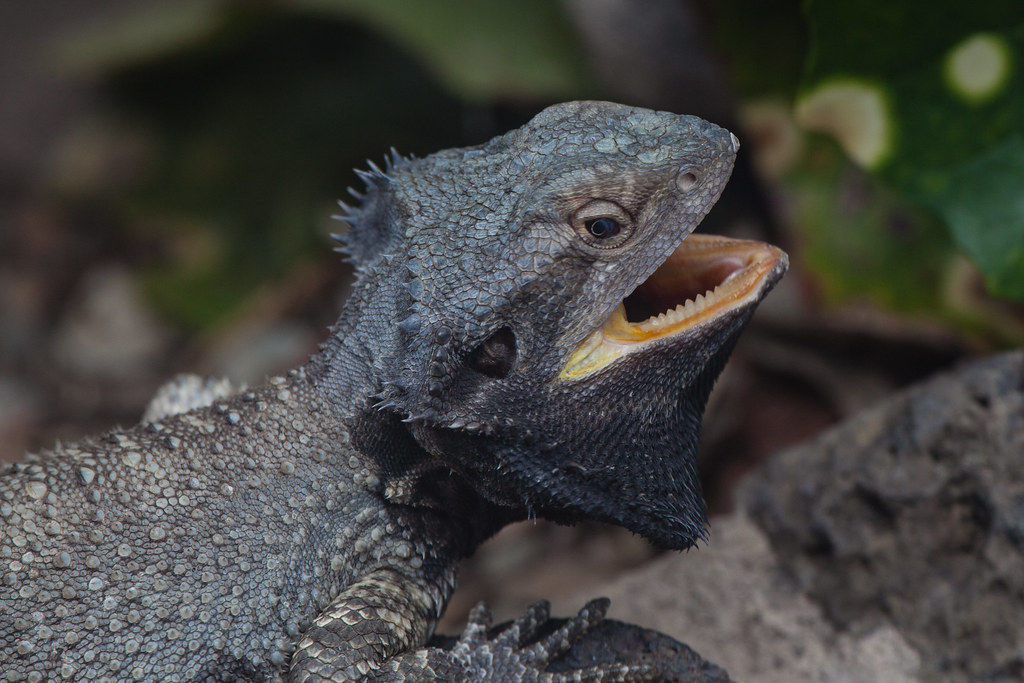
A notable shift in your reptile’s temperament often signals significant stress that demands immediate attention. A normally docile reptile that suddenly hisses, puffs up its body, bites, tail whips, or displays a defensive posture when approached may be communicating severe discomfort or fear. Some stressed reptiles may flatten their bodies to appear larger, open their mouths in warning displays, or even expel waste as a defensive mechanism when handled. These behavioral changes shouldn’t be interpreted as the reptile developing a “bad attitude,” but rather as important communications that something in their environment or handling routine is causing distress. Consistently aggressive behaviors in a previously calm reptile should prompt an immediate evaluation of recent changes to their habitat, diet, or interaction patterns.
Respiratory and Digestive Symptoms

Chronic stress can significantly impact a reptile’s respiratory and digestive systems, manifesting in concerning physical symptoms. Stressed reptiles may exhibit labored breathing, wheezing, or unusual gaping behaviors as their respiratory functions become compromised due to lowered immunity. Digestive issues often present as irregular bowel movements, diarrhea, or constipation that deviates from the reptile’s normal patterns. Some stressed reptiles might regurgitate meals hours or even days after eating, which indicates serious digestive disturbances linked to chronic stress hormones. These physiological symptoms are particularly concerning because they indicate that stress has progressed beyond behavioral changes to affecting bodily functions, potentially leading to serious health complications if the underlying stressors aren’t addressed promptly.
Optimizing Habitat Temperature and Lighting
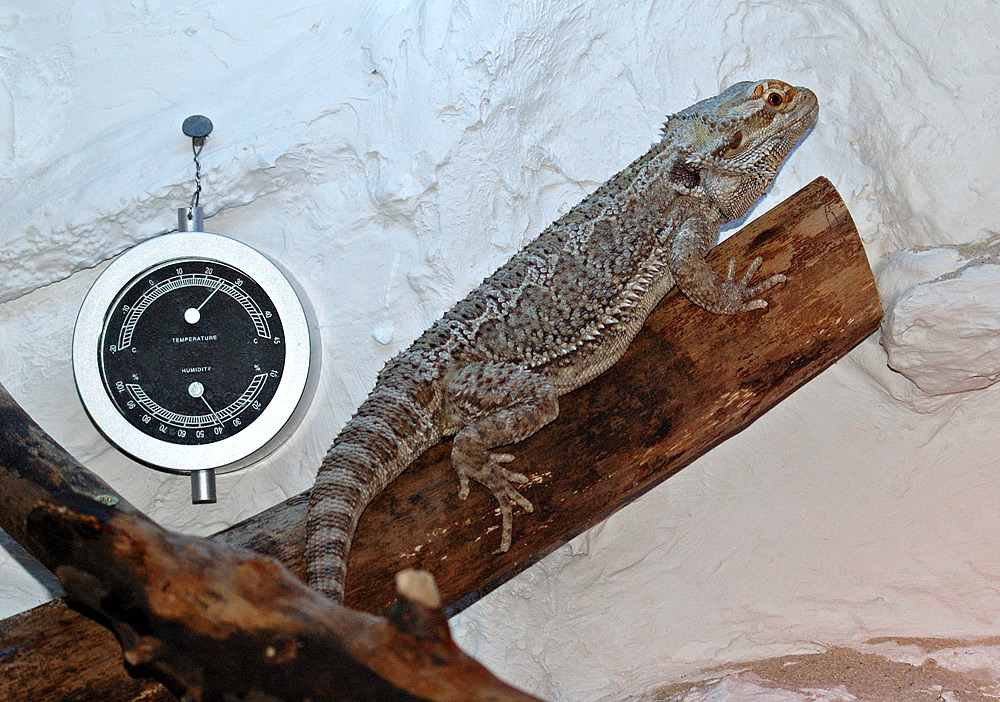
Creating proper temperature gradients and lighting conditions is fundamental to naturally reducing stress in captive reptiles. Each reptile species has specific temperature requirements, including basking spots, ambient temperatures, and nighttime drops that must be precisely maintained. Inadequate heating or cooling can prevent proper digestion, immunity, and activity levels, leading to chronic stress that manifests in various symptoms. Similarly, appropriate UVB lighting is essential for most reptiles’ vitamin D synthesis, calcium metabolism, and natural behavior patterns. Investing in quality thermostats, temperature guns, and UVB meters allows owners to accurately monitor these crucial environmental parameters rather than guessing. Implementing a proper day-night cycle that mimics the reptile’s natural habitat, including seasonal variations when appropriate, helps maintain their circadian rhythms and reduces stress from artificial lighting patterns.
Creating Security Through Proper Enclosure Setup
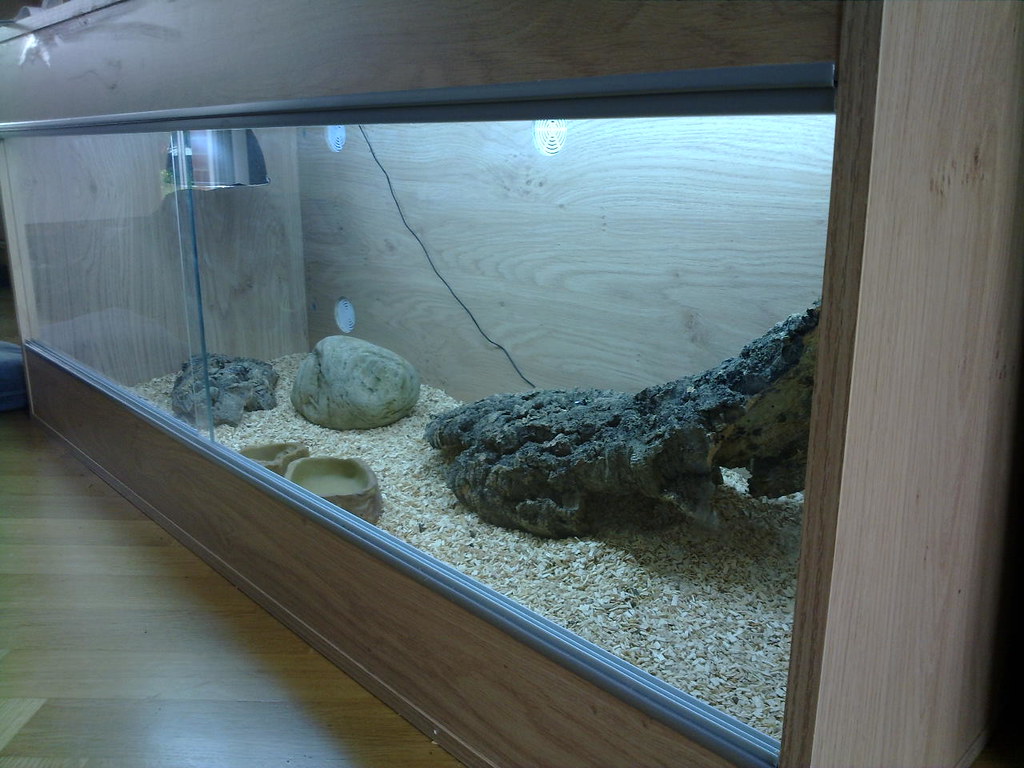
Many reptile stress behaviors stem from feeling exposed or vulnerable in their enclosures, making proper habitat design essential for their psychological wellbeing. Provide multiple secure hiding spots throughout the temperature gradient of the enclosure, allowing your reptile to thermoregulate while feeling protected. Natural decorations like cork bark, plants (live or artificial), and appropriately sized caves give reptiles the opportunity to express natural behaviors like climbing, burrowing, or perching. The substrate should be appropriate for the species, enabling natural behaviors such as digging for species that burrow in the wild. Position the enclosure against a wall rather than in the center of a room, and consider covering one or more sides with background materials to reduce the “fishbowl effect” that makes many reptiles feel constantly exposed and vigilant.
Stress Reduction Through Appropriate Handling
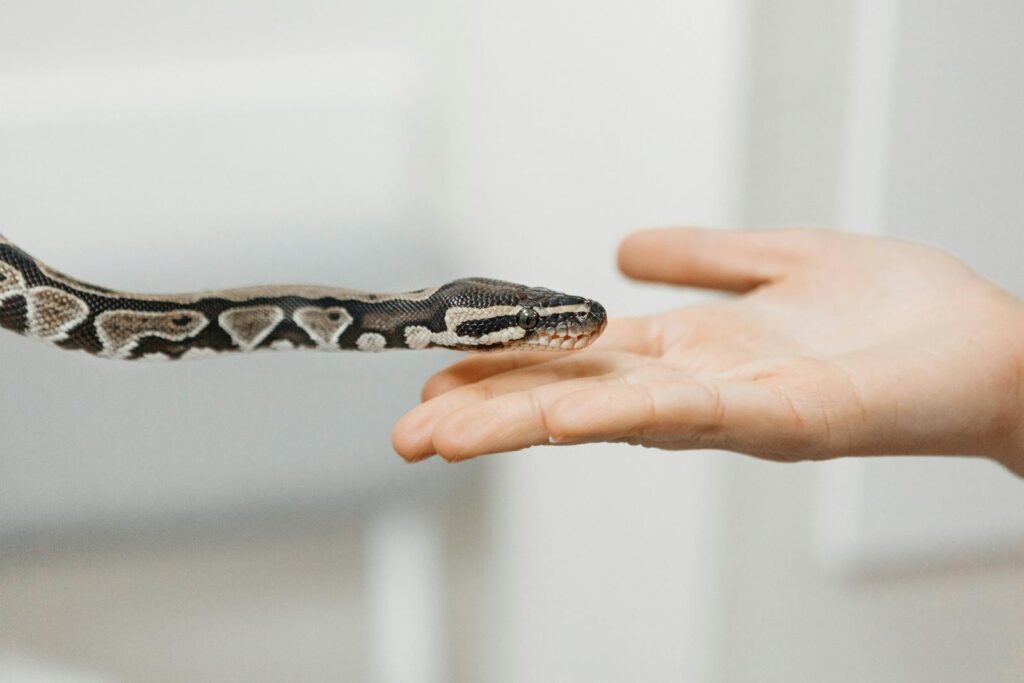
How and when you handle your reptile significantly impacts its stress levels, requiring a species-specific approach rather than a one-size-fits-all method. Establish a consistent, gentle handling routine that respects the natural temperament of your particular reptile species—some tolerate frequent interaction while others should be handled minimally. Always approach reptiles from the side rather than from above, which can trigger predator avoidance responses, and support their body properly to prevent struggling or fear responses. Allow new reptiles an acclimation period of at least two weeks with minimal handling before establishing a regular routine, giving them time to adjust to their new environment. Learn to recognize stress signals during handling, such as rapid breathing, struggling, or defensive postures, and immediately return the animal to its enclosure if these occur.
Diet Optimization for Stress Reduction

Nutritional deficiencies can create physical stress that manifests in behavioral problems, making proper diet a cornerstone of natural stress management. Research the specific dietary requirements of your reptile species, including appropriate variety, feeding frequency, and necessary supplementation with calcium and vitamins. For carnivorous or insectivorous reptiles, ensure feeder insects are properly gut-loaded with nutritious foods before offering them to your pet, enhancing their nutritional value. Herbivorous species should receive a varied rotation of appropriate vegetables and greens, avoiding those that can cause nutrient imbalances like excessive oxalates. Monitor your reptile’s body condition regularly, adjusting portions to maintain healthy weight, as both obesity and underweight conditions create physiological stress that affects behavior and health.
Reducing Environmental Stressors
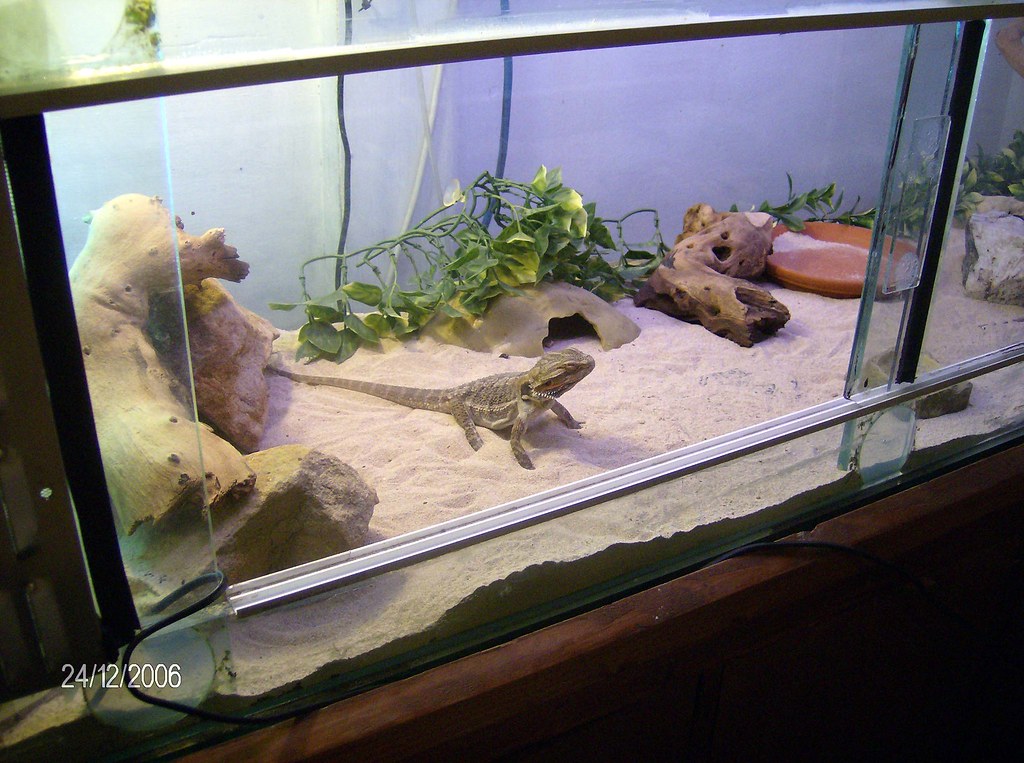
Many household factors can create significant stress for reptiles with their highly sensitive sensory systems. Position enclosures away from loud televisions, speakers, or high-traffic areas that create unpredictable noise and vibration that reptiles find threatening. Avoid placing terrariums near windows where temperature fluctuations occur, or where direct sunlight might create dangerous hot spots or excessive brightness. Common household chemicals, including air fresheners, candles, cleaning products, and cigarette smoke can irritate reptiles’ sensitive respiratory systems and should never be used near their enclosures. Consider the impact of other pets in the household, particularly natural predators like cats whose presence, even outside the enclosure, can trigger chronic stress responses in prey animals like reptiles.
Natural Calming Techniques and Enrichment

Providing appropriate environmental enrichment helps reduce stress by allowing reptiles to express natural behaviors that fulfill psychological needs. Rearrange enclosure items occasionally to create novel exploration opportunities while maintaining familiar hiding spots for security. For species that benefit from it, provide safe climbing structures, digging substrates, or water features that allow natural behaviors like climbing, burrowing, or soaking. Some reptiles respond positively to certain herbal scents like chamomile or lavender lightly sprayed (highly diluted) on enclosure decorations, though these should be used sparingly and discontinued if any adverse reaction is observed. Background sounds that mimic natural environments, such as gentle rainfall or forest sounds played at low volume, can help mask household noises and create a more natural auditory environment for sensitive species.
When to Seek Veterinary Assistance

While many stress behaviors can be addressed through environmental and handling adjustments, certain signs warrant immediate professional veterinary care from an experienced reptile specialist. Prolonged food refusal beyond what’s normal for the species, especially when accompanied by weight loss, requires prompt medical evaluation. Respiratory symptoms like wheezing, bubbling around the mouth or nose, or labored breathing may indicate respiratory infections that develop when stress compromises immunity. Abnormal droppings, regurgitation, or other digestive issues that persist despite environmental improvements should never be ignored as they may signal parasitic infections or other medical conditions. If aggressive behavior develops suddenly and doesn’t improve with environmental modifications, underlying pain or illness might be the cause rather than psychological stress alone.
Preventive Measures and Ongoing Monitoring
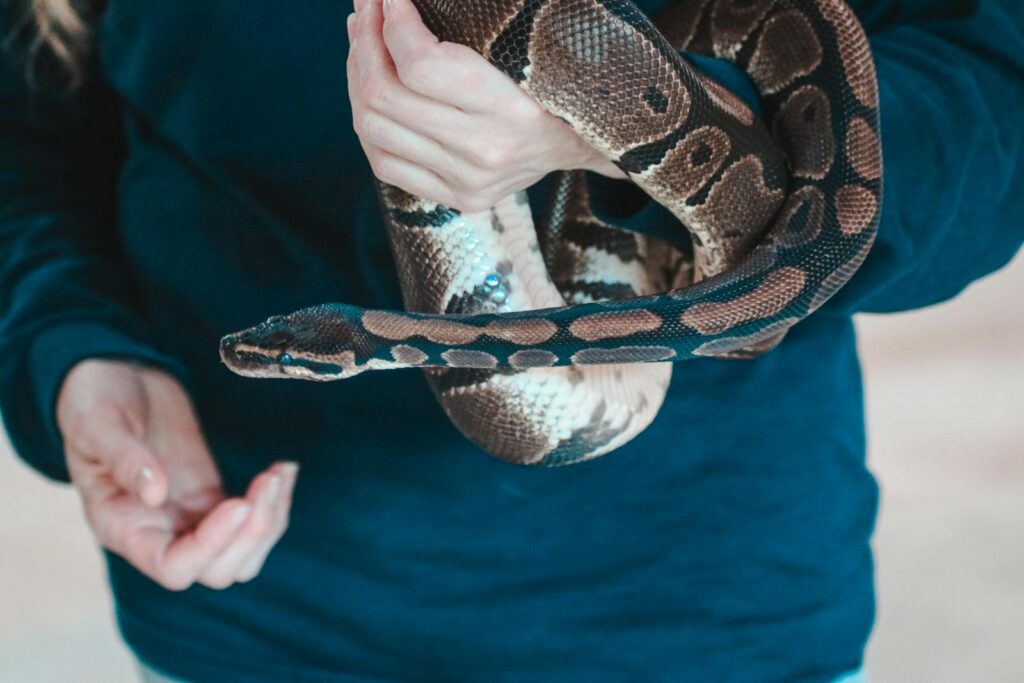
Establishing a proactive approach to reptile care helps prevent stress before it develops into serious health issues. Keep detailed records of your reptile’s normal behaviors, eating patterns, shedding frequency, and weight to quickly identify deviations that might indicate emerging stress. Invest in proper monitoring equipment including thermometers, hygrometers, and UVB meters to ensure habitat parameters remain within optimal ranges. Schedule regular wellness exams with a reptile-experienced veterinarian, ideally every 6-12 months depending on species and age, to detect subtle health changes before they become serious. Join species-specific forums or social media groups to stay informed about evolving best practices in reptile husbandry, as care standards continue to improve with ongoing research into reptile welfare.
Reptiles communicate their discomfort through subtle signals that responsible owners must learn to recognize and address. By creating environments that meet their physiological and psychological needs, handling them appropriately, and monitoring for signs of distress, we can significantly reduce stress in our scaly companions. Remember that each reptile species—and indeed each individual animal—has unique requirements and sensitivities that must be respected. When natural approaches don’t resolve stress behaviors, don’t hesitate to consult with a veterinarian who specializes in reptiles. With attentive care and appropriate natural interventions, most stressed reptiles can return to healthy, comfortable states, allowing them to thrive in captivity for their full natural lifespan.

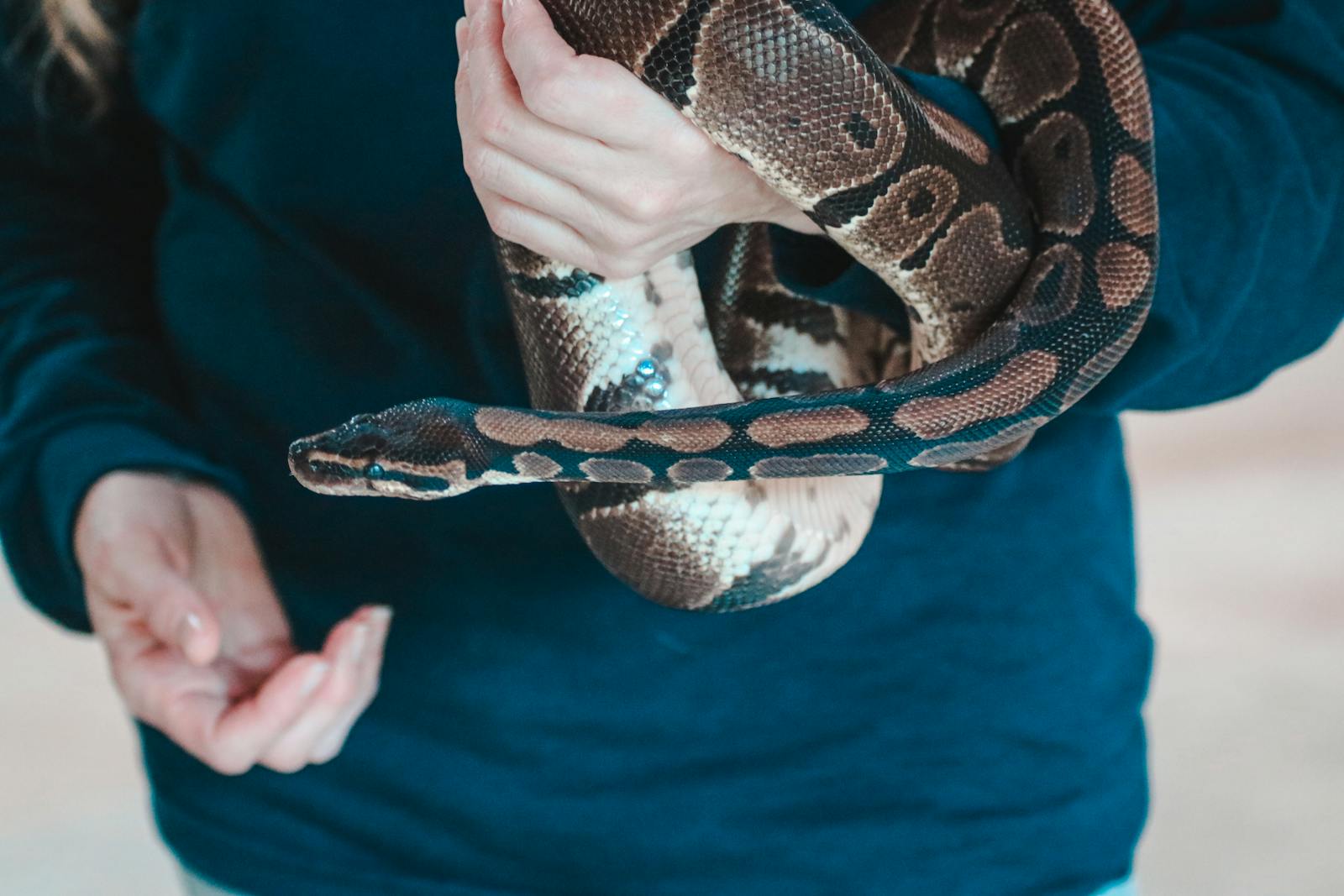



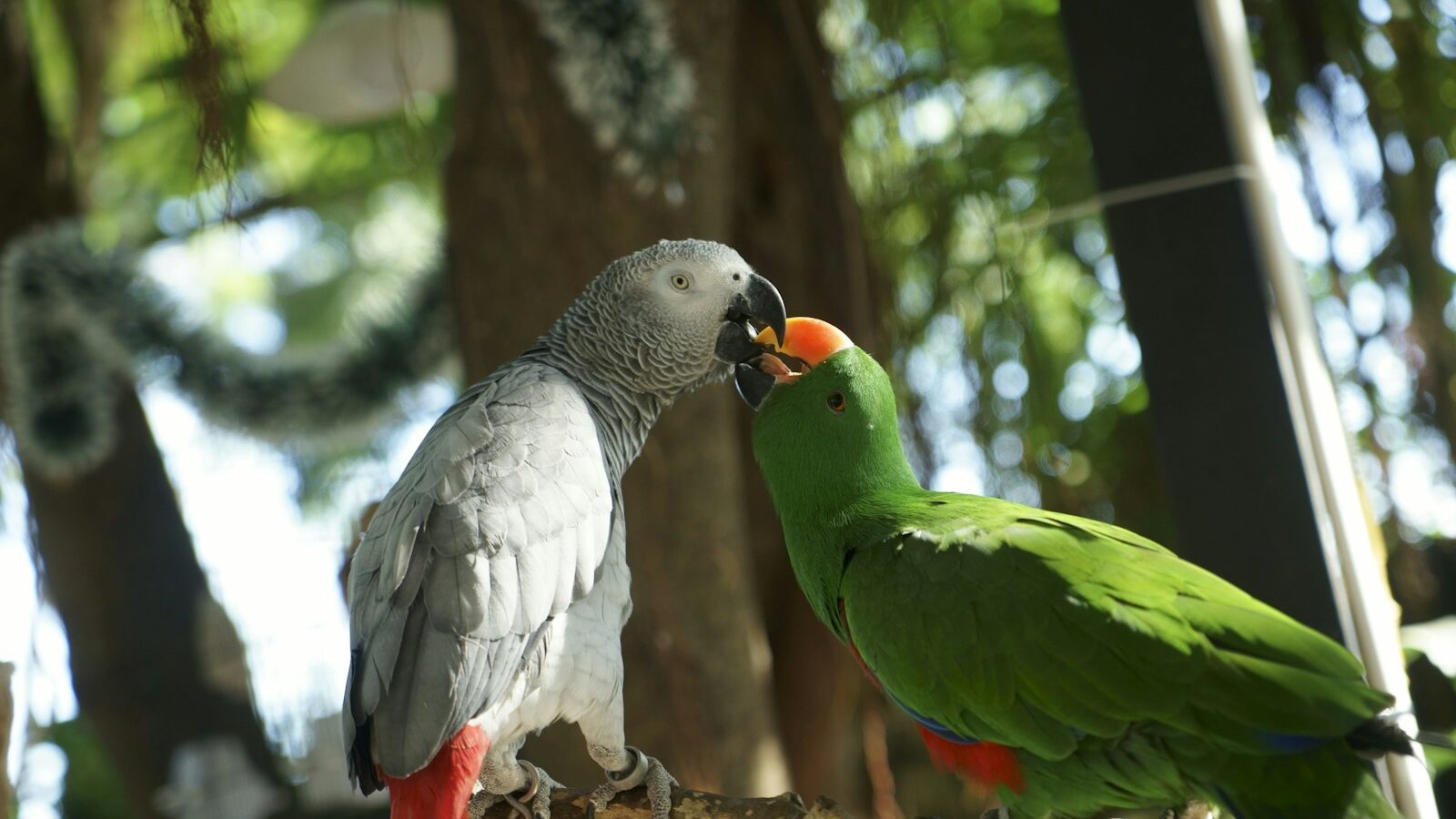
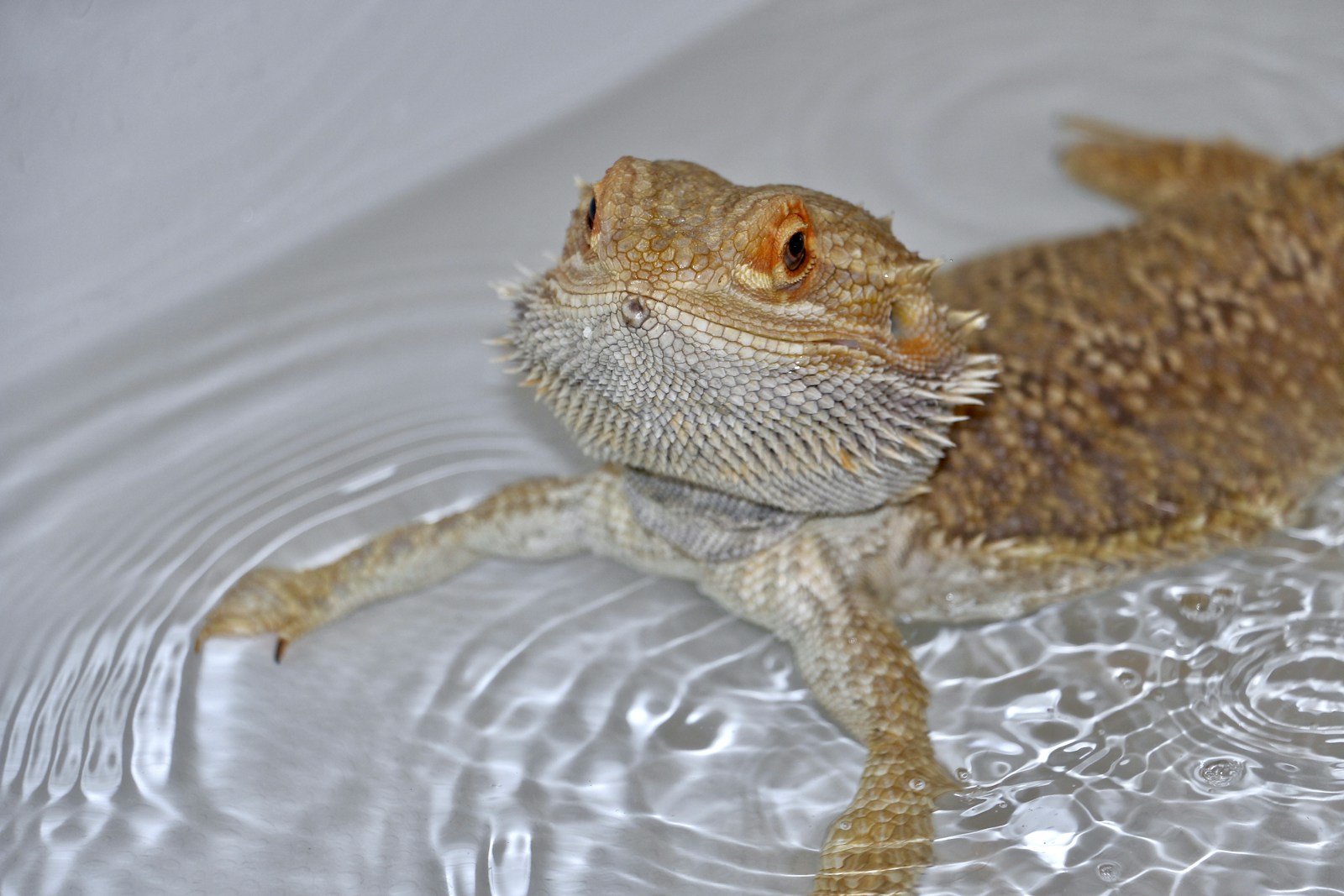


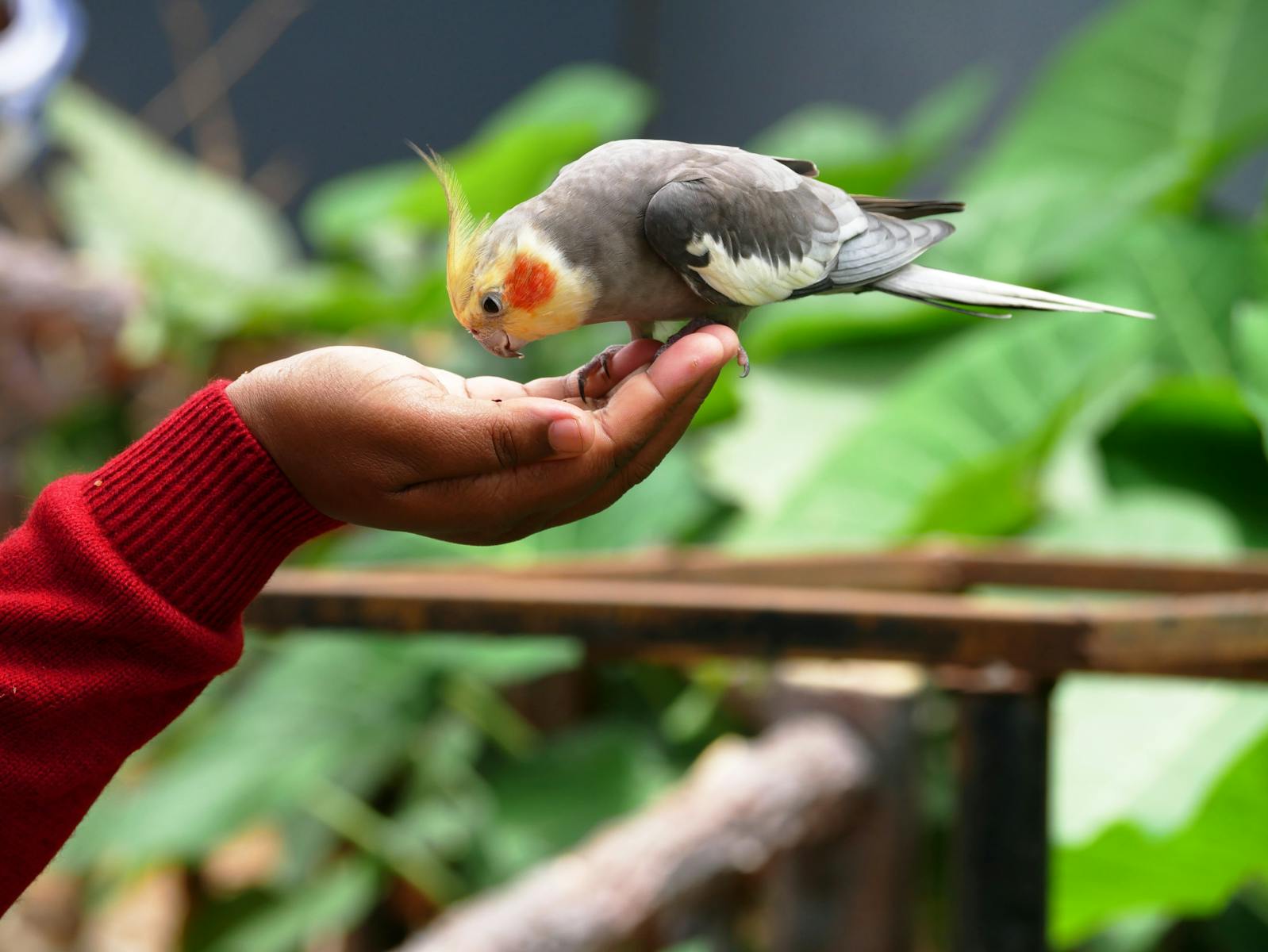

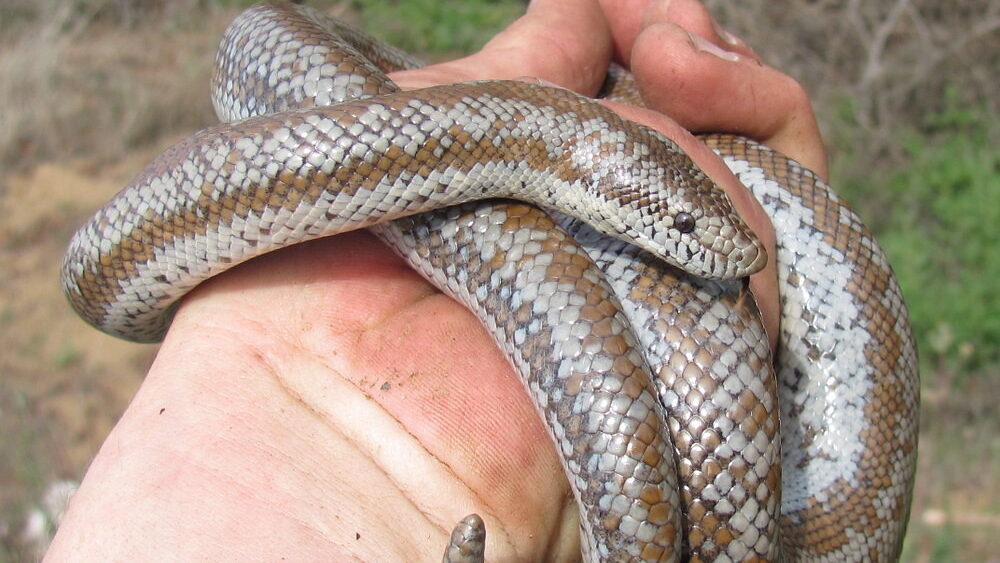



Leave a Reply